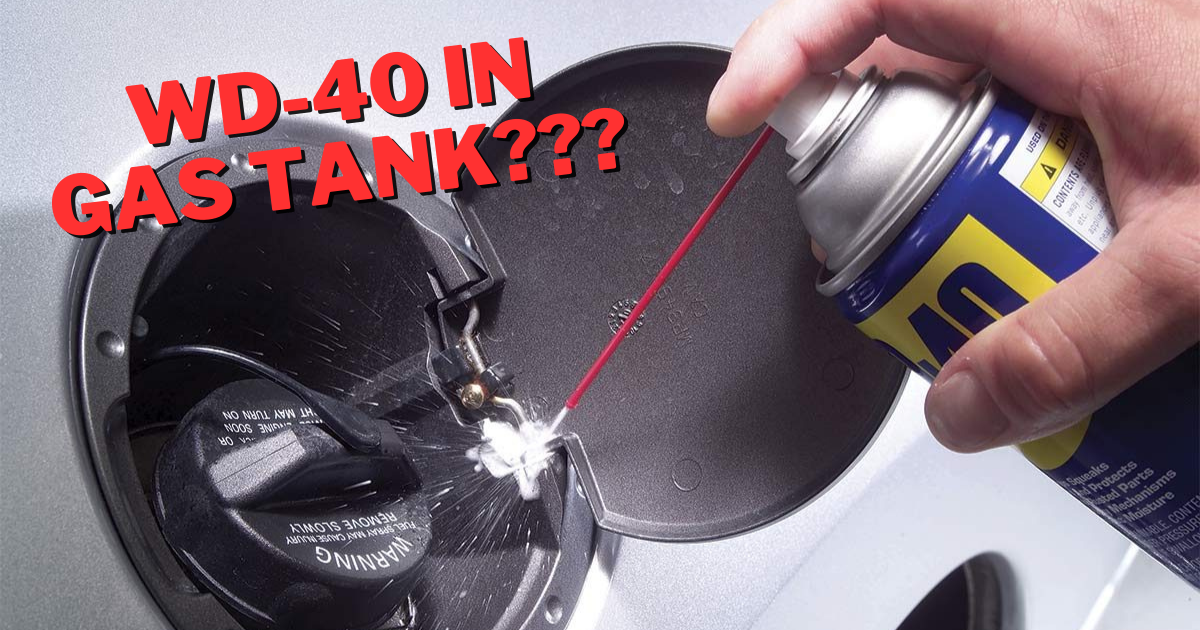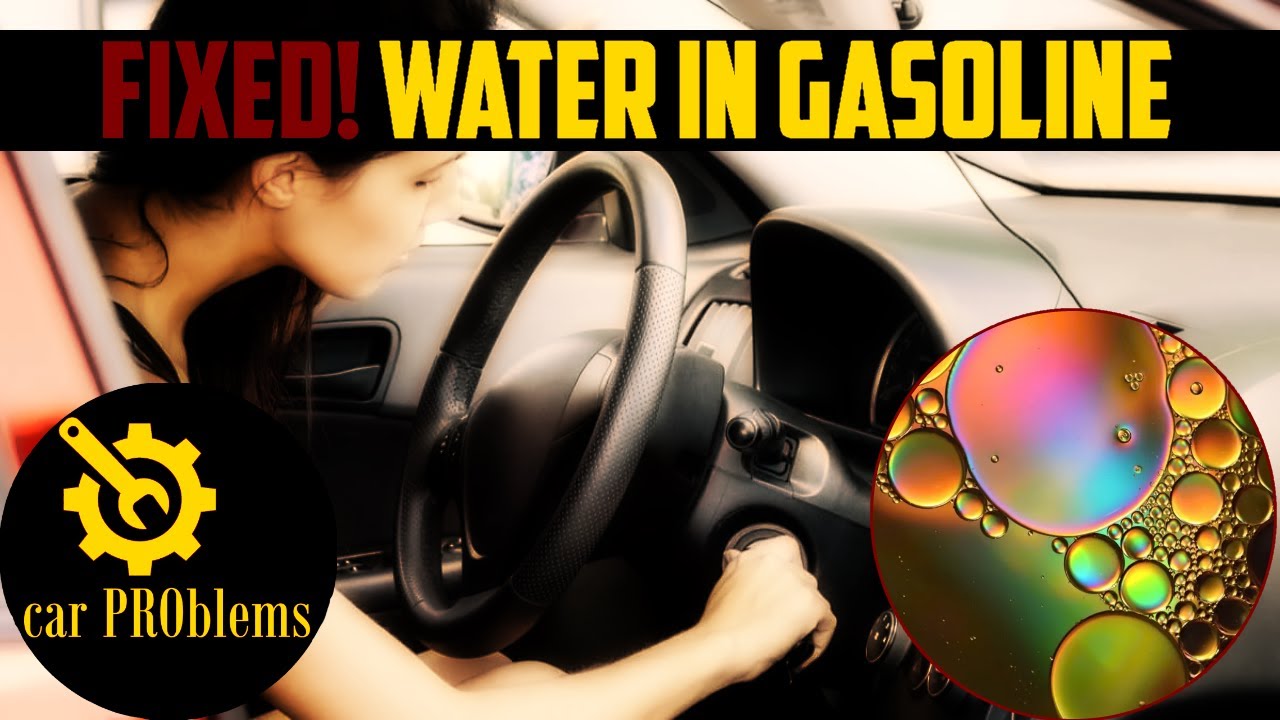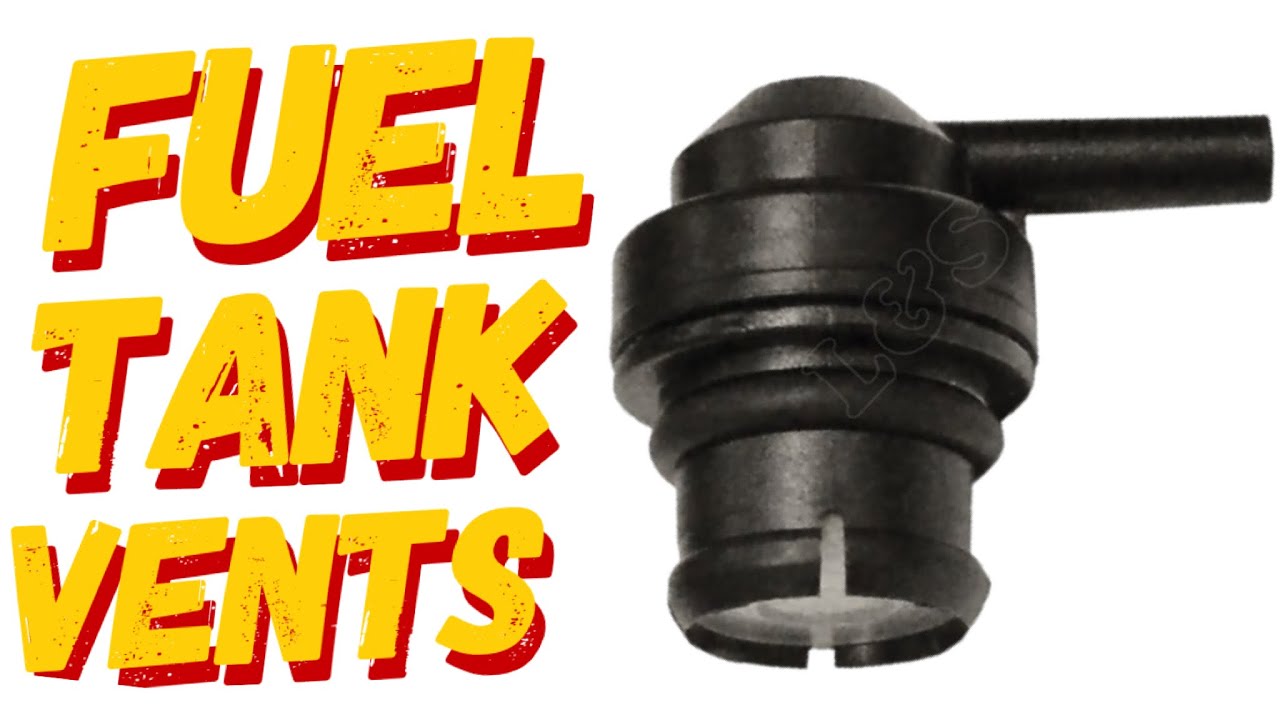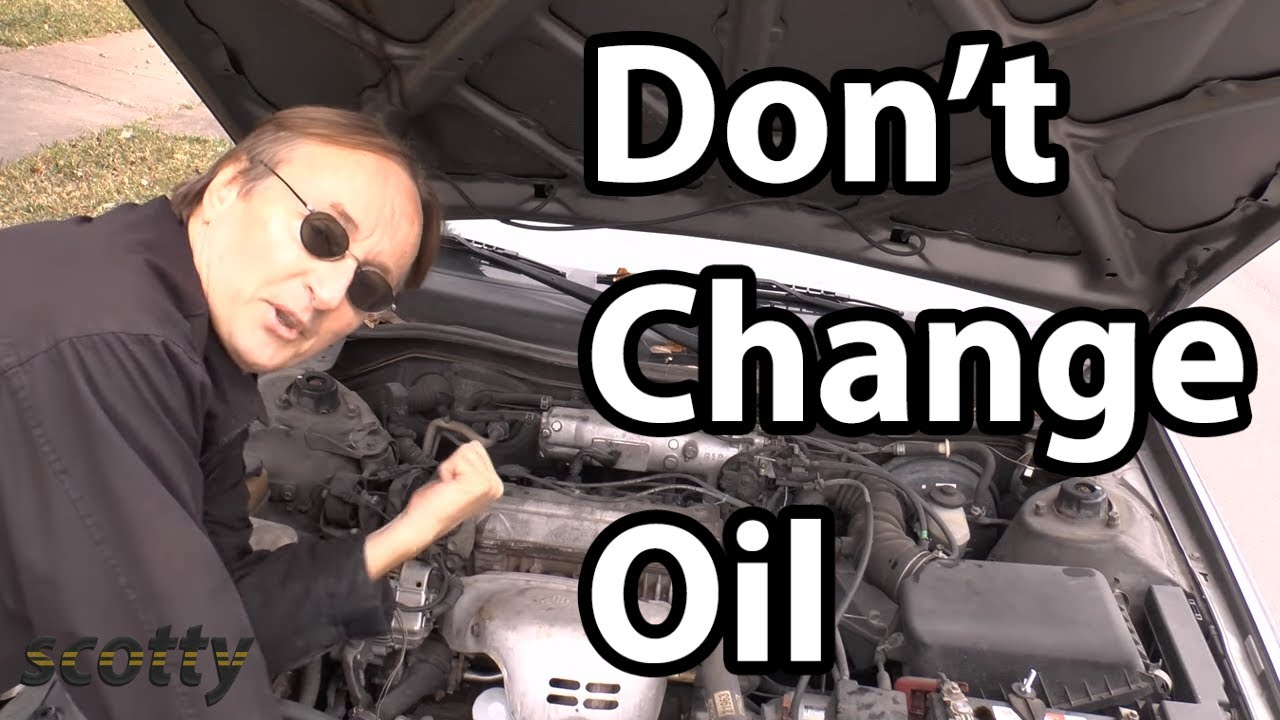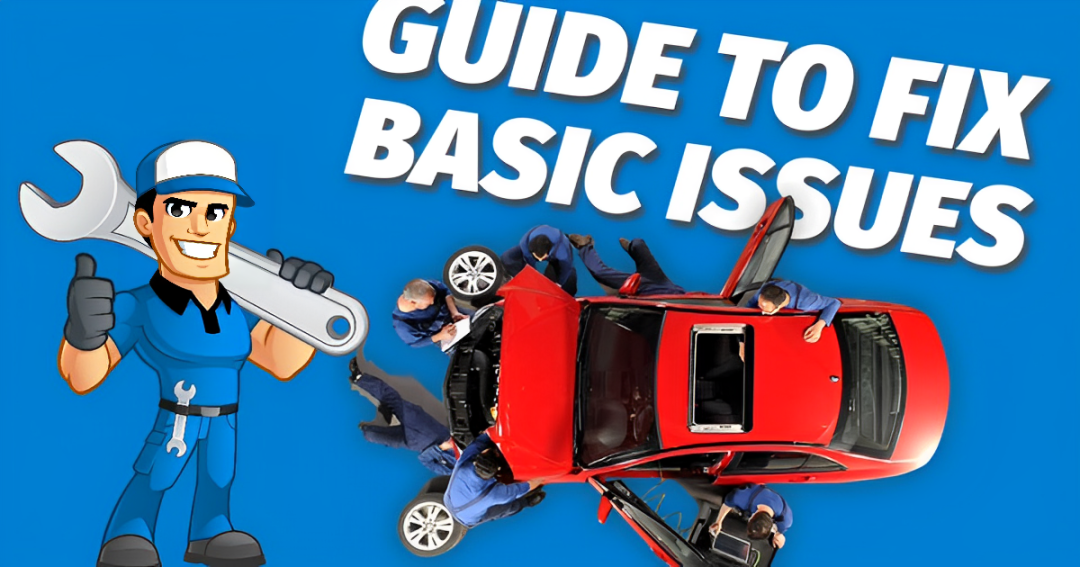Dive into the fascinating world of automotive experiments as we explore what happens when WD-40 meets your car’s gas tank. Often hailed as a jack-of-all-trades in the world of lubricants, WD-40’s interaction with your vehicle’s fuel system is a tale of curiosity and caution. Let’s uncover this unconventional combination’s myths, realities, and intriguing outcomes.
Some car fans also say that putting WD-40 in the gas tank and the gas will help clean the tank and eliminate any contaminants, like water, that may be in the gas. Adding WD-40 to your gas will have different effects depending on the type of gas you use and the fuel system in your car.
What Is Exactly WD40?

WD40 is a petroleum-based solvent that has a huge number of uses. Although it was originally designed to help with water displacement, which the maker claims help prevent rust, it has since been shown to have further uses. The cleaning of rust, filth, gunk, and other impurities off of things is a major perk.
Pros And Cons of WD40
| Pros | Cons |
| Anti-rust | Reduces car performance |
| Anti-corrosion | Due to high carbon deposits, exhaust emissions grow dramatically, polluting the air |
| Remove grease from surfaces or things | Damages the catalytic converter, requiring costly repairs |
| Removes water from engine parts | Damaged plastic or rubber items |
| It boosts gas mileage | When drying, it gathers dirt and dust, making your engine dirty quickly |
Effect of WD40 on your Vehicle
Even though it’s not supposed to be there, some people nonetheless put WD40 in their petrol tanks. Some people say that it aids in keeping the petrol tank clean. The fuel economy is improved for certain people as a result.
Yet, you’d need a lot, like a whole gallon’s worth, if you’re spraying WD-40 in your gas tank to conserve fuel. There will be additional costs, but I’m sorry to say that. Let me explain what goes down.
For example, hydrocarbons are found in WD-40. Because it is not gasoline, your car’s engine won’t recognize it as fuel even though it will burn. It will convert the pollution into fuel instead. As a result, the catalytic converter gets damaged, and carbon deposits build up in the engine’s combustion chamber and exhaust system.

Exhaust fumes will reveal the presence of carbon deposits in the system. Therefore it would be normal to see the car belching out clouds of toxic gas. YouTuber “project farm” conducted the test to address the question of whether or not WD-40 could be used as engine oil or in the crankcase of an internal combustion engine.
While it can be used, the experiment shows that doing so significantly increases exhaust gases and so contributes to air pollution. You could perhaps reduce your petrol expenses, but you’ll end up spending hundreds on maintenance.
In addition, your car won’t function as well as it could, especially if it has a diesel engine. It’s not uncommon for petrol engines to refuse to turn over. Contrary to popular belief, it takes quite a little of the substance before it can actually damage your vehicle’s fuel system. In other words, heavy or constant consumption.
This means that if you must use it, you should only put in a very small amount and then fill the tank up to the very top with gasoline before taking off. Should WD-40 be sprayed into the petrol tank, though? There is no clear answer to that, but I will say better to stay safe instead of being regretful.
WD-40 Specialist Products

Now available from the WD-40 Company is their new line of industry-leading specialized products known as WD-40 Specialist. These innovative items were developed to provide skilled workers with the functionality required to conduct their tasks successfully.
The fact that they are also reasonably priced and useful in the home is a bonus. There are now five items in the new WD-40 Specialist line:
- Rust Release Penetrant Spray
- Water Resistant Silicone Lubricant
- Protective White Lithium Grease
- Long Term Corrosion Inhibitor
Rust Release Penetrant Spray
WD-40’s Rust Release Penetrant Spray uses capillary action, the phenomenon wherein a liquid will flow over narrow passages, seemingly against gravity, to remove rust. By capillary action, Penetrant Spray is able to reach deep into fissures, threads, and seams, where it can dissolve adhesives and free stuck components. It leaves behind a lubricating coating and retards the return of rust and corrosion.
Water Resistant Silicone Lubricant
It claims to be watertight and protects moving parts in addition to lubricating them. This includes hinges, cables, pulleys, guide rails, valves, couplings, and locks. It is safe to use WD-40’s Water Resistant Silicone Lubricant on both metal and non-metal surfaces, such as rubber, plastic, and vinyl. It dries to a transparent, non-staining layer that isn’t sticky or untidy.
Protective White Lithium Grease
White Lithium Grease is used anywhere high-strength metal-to-metal protection is required. An additional advantage of white lithium is that it prevents rust and corrosion. To make a sprayable substance that doesn’t wash off, melt, freeze, or run in any conditions was no easy feat, but WD-40 managed to pull it off.
The company claims that auto hinges, gears, sprockets, outdoor hinges, latches, overhead door tracks, pulleys, cables, and guide rails can benefit from WD-40’s Expert White Lithium Grease.
Long-Term Corrosion Inhibitor
The Long-Lasting Corrosion Inhibitor WD-40’s Long-Term Corrosion Inhibitor can prevent rust and corrosion for up to two years when applied indoors and a full year when used outside. In what way does it accomplish this?
While we can’t say for sure what the technology is, we do know that it involves Vapor Corrosion Inhibitors (VCIs) that seek for metal and then coat it to prevent rust. This much is intuitively clear, given that oxidation is universally accepted as the root cause of rust. As a result, rust will stop.
Some Interesting Facts
While we’re discussing WD-40, it would be negligent of us not to bring up the strange tales that have been featured on the brand’s website.
A bus driver in Asia used WD-40 to free his bus from a python that had curled itself around the undercarriage. For his appearance as Dick Steele in the 1996 thriller “Spy Hard,” actor Leslie Nielsen earned the moniker “Agent WD-40.”
An earlier advertisement suggested that WD-40 could be used to fix broken smartphone displays. Ads and video previews that supposedly explained the “secret” never actually did so.
FAQs
Will WD-40 help fuel consumption?
Yes. A lot of people put WD-40 in their gas tanks because it helps them get better gas mileage. That comes with a cost, though. WD-40 can be used as a fuel substitute if you put enough of it in your gas tank—a gallon or more, in fact—to prevent your engine from running on gasoline. But since WD-40 isn’t actually a fuel, the engine won’t treat it as such.
Instead, it will be treated as a pollutant and burned away by the engine, leaving behind masses of carbon deposits in the engine’s combustion chamber and exhaust system. The catalytic converter could be harmed by excessive combustion chamber waste brought on by water escaping via the exhaust system.
How can I reduce my gas consumption?
It’s expensive to buy gas, especially if you drive a lot. As a result, many drivers are on the lookout for ways to reduce their gas consumption and costs. Many put WD-40 in their gas tanks to save money on petrol, but this practice has a major downside: it inevitably leads to costly repairs.
Add gasoline additives, such as fuel stabilizers, to the gas tank to prevent the gas from deteriorating if you rarely drive or plan to store the vehicle. You don’t need to drain the gas tank or clean the carburetor before driving it because the gas level will remain the same as it was when you last drove the car.
Is WD-40 safe on car engines?
When applied only to the outside of the engine, WD-40 is completely safe for use in vehicles. They effectively eliminate oil and dirt buildup on mechanical parts. As a bonus, they can assist in keeping engines from corroding. The fact that WD-40 dissolves oil makes it less than ideal.
It leaves a sticky residue on your engine as it dries, which attracts dust over time. While it swiftly eliminates rust, it leaves the surface vulnerable to reinfestation. As a result, after every usage, a degreaser or WD40 should be applied to get rid of the rust.
What happens when you put WD-40 in your engine?
Spark plugs and wires can be protected against corrosion and carbon buildup by using WD-40. Since “WD” stands for “Water Displacement,” using WD-40 on damp spark plugs or ignition distributors will do the trick.
The Bottom Line
If you put WD-40 in your gas tank, it is reasonable to say that your vehicle will perform somewhat worse, and you will observe a noticeable increase in the number of exhaust fumes coming out of the tailpipe.
It will take more than a few squirts of WD-40, and more like half a can of the lubricant, for you to see any difference at all, however.
